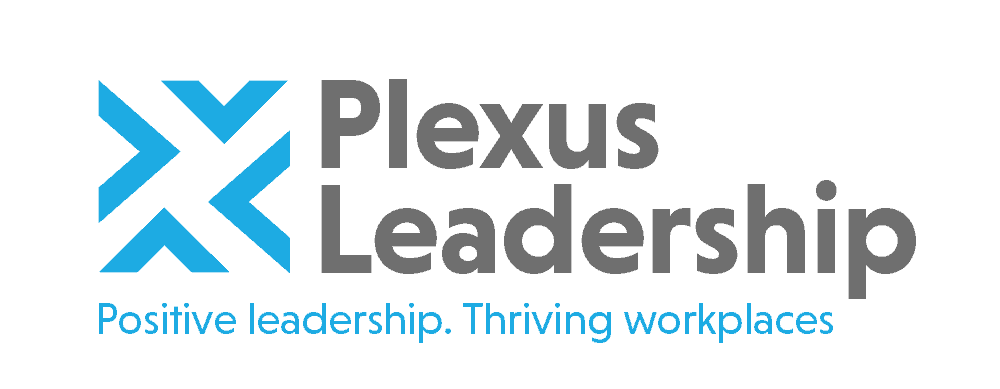According to (Sir) Phillip Green, who has been accused of sexual harassment by several alleged victims who have all been gagged by non-disclosure agreements, his behaviour was merely “banter” and does not constitute harassment. Like so many other powerful male executives who have been caught out before, Green has seemingly used his power and authority to exploit and demean woman working for his company.
At the same time, Google has been widely criticized for having a “bro-culture” that promotes sexual harassment, especially in its male dominated engineering functions. Although the company is taking action to address these problems, including firing around 50 people during the past two years for sexual harassment, this action hasn’t prevented the New York Times from criticizing the company for failing to act decisively enough and trying to hush up these allegations.
It’s clear to see the link between these two cases, as idle banter can too easily become a toxic “bro-culture” if it’s not confronted and firmly tackled. Although harassment can occur in any organization, the risks are highest in competitive, power-based and male-oriented organizations and business teams. The costs of harassment are sky-high and include costs associated with poor morale, inability to attract top talent and unwanted turnover, as well as damage to the organization’s reputation and the direct cost of legal fees and any settlements.
By following the 4 steps below, organizations can minimize the risks of this undesirable behaviour:
Ensure top management acts with decency and fairness
Top management have a responsibility to clarify and demonstrate, through their daily communication and actions, the values and behaviours expected of people throughout the organization. Nobody, not even, the CEO or company chairman, should be exempt from the principles of decency, fairness and equality. Leaders should discuss and agree how they can best transmit these values and behaviours to others to ensure they become part of the organization’s norms and culture.
Promote more women into senior management
One of the best ways to put a stop to a “bro-culture” is to ensure women are well represented at senior management levels, especially in organizations and business areas where men traditionally dominate positions of authority and influence. This breaks down limiting gender stereotypes and biases and ensures woman have the opportunity to help shape the culture and daily working practices of the business.
Ensure all employees know what it expected of them
There are too many companies with HR policies about bullying and harassment that get caught up in harassment claims. The reason this occurs is because of the gap between policy commitments and day-to-day practices, caused by a failure to embed the principles of the policy through HR processes, including onboarding, management training and general employee education. Employees joining the company should understand the policies thoroughly from the day they join, including the likely consequences if they transgress.
Deal swiftly and firmly with offenders
Excuses for actions giving rise to complaints of harassment like “it was only idle banter” or “it was the company party and I had a few too many” should not be tolerated, as this will create a precedent for similar excuses and poor behaviour later, leading to a slippery slope and a full-blown “bro-culture”. Offenders should be dealt with swiftly and provided with a fair opportunity to make their case in accordance with the company’s disciplinary policy before any action is taken. However, in my experience, most of this type of behaviour warrants gross misconduct and should result in dismissal or a final written warning unless exceptional circumstances warrant more lenient sanctions.
The human and financial costs of harassment are exceptionally high so organizations shouldn’t tolerate harassment in any form, regardless of whether it’s banter in the pub or a blatant case of harassment. By putting in place the steps outlined above, organizations will create a fairer, positive and decent work culture where both men and women feel comfortable and safe at work.
Other Posts

About the Author
James Brook
Founder and MD | Leadership Consultant | Organizational Psychologist
James is a leadership consultant, organizational psychologist and executive coach. He has over 25 years’ experience working with leaders, teams and organizations globally to optimize their performance, talent and future success. He specializes in positive leadership, thriving workplaces, collaboration and influencing, organizational change and transformation, accelerating innovation and coaching executives and leaders in innovative sectors including Tech, Digital, E-commerce and Life Sciences.
Before setting up Plexus Leadership, James held leadership roles in HR and Talent Management in the UK and abroad with companies such as NatWest, Yahoo! and Novo Nordisk Pharmaceuticals. After this, he founded and led several talent and leadership consulting and assessment businesses, including Strengthscope®, an online strengths assessment and development business serving a wide range of UK and global clients. James grew this venture into a global market leader before selling the business in 2018.
James has supported, advised and coached leaders and teams globally across diverse industries and geographies. Clients he has worked with include Allen & Overy, Commvault, Equinor, Facebook, GSK, Hilton, John Lewis, Novartis Pharmaceuticals, NHS, Oracle, Sainsbury’s, Swiss Re, Tesco, Takeda Pharmaceuticals, WSP and Yahoo!.
James has a Master’s in Organizational Psychology, an MBA, an Advanced Diploma in Executive Coaching and a Harvard Business qualification in Sustainable Business Strategy. He is a member of the Institute of Directors, the Association of Business Psychologists and a Fellow of the Chartered Institute of Personnel and Development (FCIPD). He is currently undertaking a PhD in Organizational Psychology examining the start-up experiences of Tech and Digital entrepreneurs.
James is a regular contributor and speaker on leadership, coaching, innovative talent management and the future of work. His most recent book, Optimize Your Strengths, explores how leaders can create thriving workplaces by inspiring and supporting people to optimize their potential and teamwork to deliver breakthrough results.




